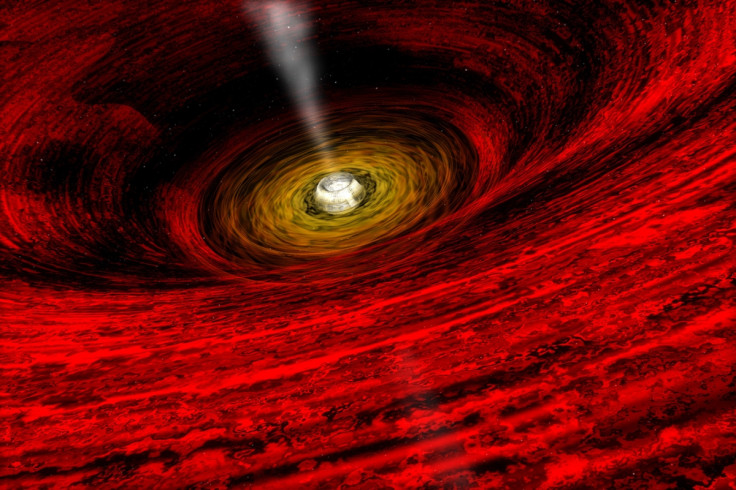Black holes not the end: Physical object could cross a wormhole into another part of the universe
A physical object could potentially pass through a wormhole at the centre of a black hole to another part of the universe, a team of theoretical physicists has said. While the object – be it a chair, a scientist, or a spacecraft – would be changed as it travelled beyond the event horizon (the edge of a black hole), it could technically remain as a physical object and be pulled through the theoretical wormhole.
Traditionally, at the centre of a black hole lies a singularity. Matter is crushed into an infinite density and space and time no longer exist as we know them. Normally, any physical object that fell into a black hole would be crushed in one direction and stretched along another, being stretched out like spaghetti. If anything were to reach the singularity, it would be infinitely long and thin.
The researchers, from the Institute of Astrophysics and Space Sciences (IA) in Portugal, were building on previous work in which they found that without a singularity, there could be a finite-sized wormhole at the centre of a black hole.
Accepting this to be the case, the team then looked at the fate of an object that fell into a black hole and whether it could withstand the extreme gravitational field before arriving at the wormhole (and then continuing through to another part of the universe).

No dramatic sign of destruction
Publishing their study in the journal Classical and Quantum Gravity, the team analysed what would happen to a physical object using aggregation points connected by the interactions holding it together as it travels along a geodesic line. In spacetime, a geodesic line is the path in space and the story in time that a free-falling object follows.
Lead author Diego Rubiera-Garcia said: "Each particle of the observer follows a geodesic line determined by the gravitational field. Each geodesic feels a slightly different gravitational force, but the interactions among the constituents of the body could nonetheless sustain the body."
So while the object would remain technically intact, it would be crushed to the size of the finite size of the wormhole. This means that feasibly, the object could pass through the wormhole to another part of the universe. "We, thus, conclude that physical observers do not perceive any dramatic sign of destruction as extended objects cross the wormhole," they wrote.
Francisco Lobo, leader of the cosmology group at IA, said: "The authors' insights into the concepts of spacetime singularities and curvature divergences are representative of the fundamental theoretical research carried out at the IA, going beyond Einstein's General Relativity. This research will also probably be important to understand these difficult concepts for the fate of the universe, in a plethora of cosmological models."
© Copyright IBTimes 2025. All rights reserved.






















